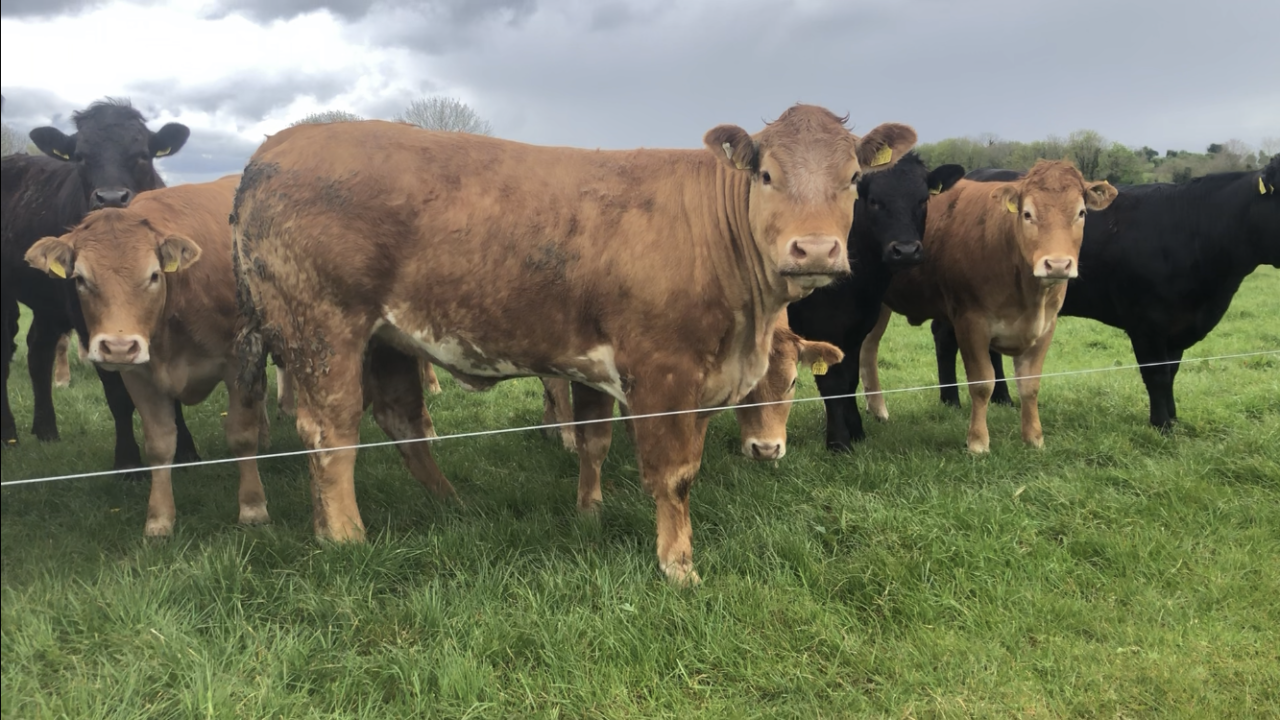The main output of livestock in agriculture is animal-sourced food according to Teagasc director, Prof. Frank O’Mara.
He recently addressed the British Society of Animal Science (BSAS) annual conference in Belfast.
O’Mara said: “This makes a big contribution to global food and nutrition supply, particularly protein.
“Animal-sourced foods are sources of high-quality protein, and are also excellent sources of highly available minerals, vitamins and various bioactive component.
“These included taurine, creatine, camosine, conjugated linoleic acids. Livestock are also an important part of the agriculture sector, representing 40% of the total turnover.”
Livestock production
According to O’Mara, the value of livestock production in Europe (EU-28 in 2017 was estimated at €170 billion. The industry employs approximately four million people.
“The wide distribution of livestock in rural areas makes livestock an important contributor to the economy and vitality of rural communities,” he continued.
“The output of animal-sourced foods makes livestock an essential part of the global food system.
“Together with crops grown for food and feed production, they give circularity to our food system, which is essential for soil health, and is helpful to optimise the use of available resources.”

The Teagasc representative went on to point out that, where this circularity is challenged or absent due to an excess of crops or animals in a region, the system can come under pressure with impacts on water quality, biodiversity or soil health.
“A diversity of livestock systems is important for resilience of the livestock industries, the food they supply and the overall food system,” he added.
“In addition, a diversity of livestock systems allows production to be optimised to local conditions, and provides a range of animal-sourced foods which are diverse in aspects such as cost to consumers, taste, nutritional value and versatility for meal preparation.”
Farm sustainability
Frank O’Mara indicated that farm sustainability comprises a number of elements, which are economic, environmental and social in nature. All three constitute key drivers in today’s food systems.
“The contribution of [such] production to climate change receives much attention,” he continued.
“Still, environmental sustainability has many other considerations; water quality, biodiversity, circularity, soil health, the ratio of human edible food to human non-edible feed in the diet of livestock, antibiotics, pesticide usage and animal welfare.
“This results in a complex landscape with several interconnections, benefits and trade-offs, and livestock’s contribution to environmental sustainability cannot be easily assessed, using a single-dimension analysis such as a life cycle assessment of its carbon footprint.”
O’Mara told the conference that a multi-dimensional assessment is needed, and that animals such as cattle and sheep can contribute in several aspects.
“But, the contribution can also be negative in the wrong circumstances. E.g., a manure surplus due to overstocking causing water pollution,” he said.
“While food is the main output of livestock production, livestock are much more than food.”
